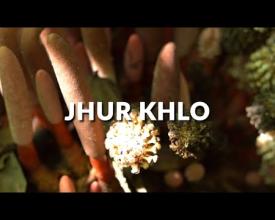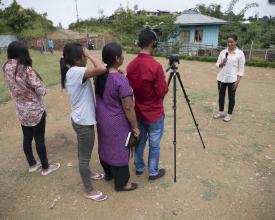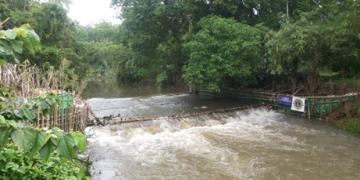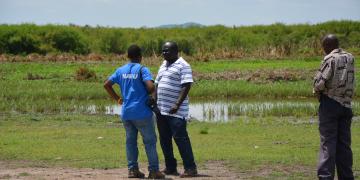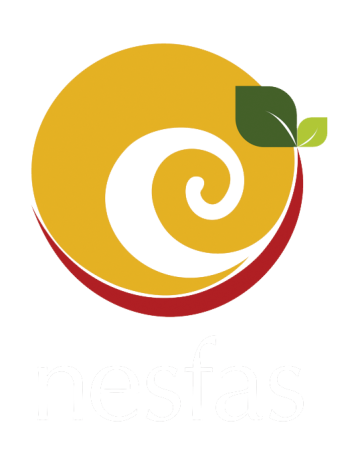
Participatory Video for Narrative Change
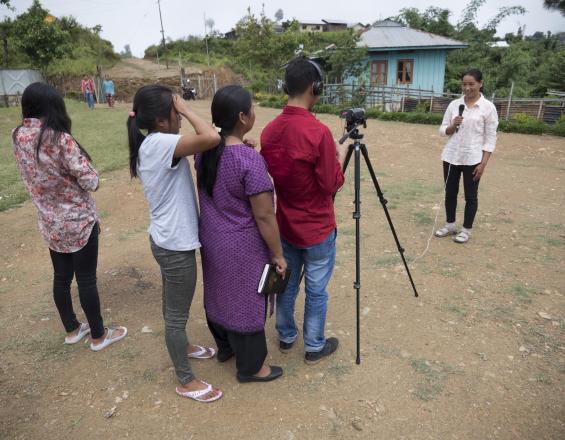
A participatory video (PV) is an important tool to empower and enhance storytelling from the ground up. It basically involves video documentation done by someone from the communities. In this day and age where the world is rapidly moving towards an era dominated by myriad digital content, a PV becomes relevant. In this case, the youth of today can play an important role as they take charge of documenting these local stories, which are often neglected by mainstream media. Indigenous youth are also empowered; trained in all phases of videography and take part in documentation, biodiversity management, storytelling, awareness, etc.
NESFAS, an NGO based in Meghalaya, India, has been implementing the PV programme since 2012 in collaboration with The Indigenous Partnership and involve community youth. In 2015, as part of the International Terra Madre event, more than 30 PVs were created from four regions of Meghalaya and Nagaland. The PVs cover diverse topics related to culture, agrobiodiversity, etc.
Context
Challenges addressed
Participatory video (PV) will address the issue/s of:
- Limited or no data/stories/information on local culture, biodiversity, knowledge, practices, foodways, etc.
- Marginalised or No equal representation in media/news/films.
- Narrative control: authorship, the portrayal of ground reality, real issues, best practices, testimonials, etc.
- Youth employment and youth migration.
Location
Process
Summary of the process
Video documentation of local knowledge is paramount for maintaining visibility to a wide audience. Through the participatory video (PV) programme, community youths can be trained to document their Traditional Knowledge and different issues relating to biodiversity. PV, in a way, aims to empower grassroots journalism among youth in the communities.
The videos are produced in an extensively participatory manner, where community members have substantial influence on the nature and theme of the contents, thus, it brings about a feeling of ownership.
Building Blocks
Video Documentation skills
Training on various phases of videography is important and is the foundation. Here, training sessions with various modules keeping in mind the importance of local communities’ documentation is needed. Basic skills on the various phases of filmmaking such as story boarding, script writing, shooting and video editing are important for setting the foundation.
Enabling factors
1. Experts on the various phases of videography to impart training.
2. Access to equipment.
3. Identification of potential yet passionate implementors who can be trained.
4. Access to stories that cover diverse topics related to culture and biodiversity, such as, indigenous peoples' food systems, traditional songs, traditional knowledge and many more.
5. Sense of ownership among the community youth who will be creating these videos.
Lesson learned
Passionate youth from communities have the most potential. They are willing to learn to their full capacities.
Basic digital skills and storytelling training
Basic training on the use of technology.
Creativity and narrative building skills.
Storytelling skills.
Digital media skills.
Video editing skills in software.
Enabling factors
Active participation of local youths
Capacity building
Lesson learned
Importance of local food systems documentation
Folklore and its significance in our communities
Strengthening of culture and identity is required
Impacts
Some of the demonstrated positive impacts include:
- Documentation of local stories which are often neglected by mainstream media: food festivals, agricultural practices, cultural diversity, local plants and most importantly, documenting people’s own stories.
- Trained community youths who can document their Traditional Knowledge and different issues relating to food systems.
- Livelihood opportunity through video documentation skills.
- Documentation of stories which become an integral part for digital archive.
Beneficiaries
Community youths
Rural communities
